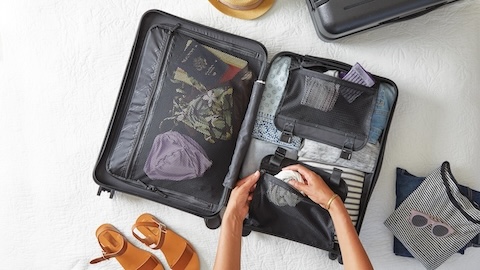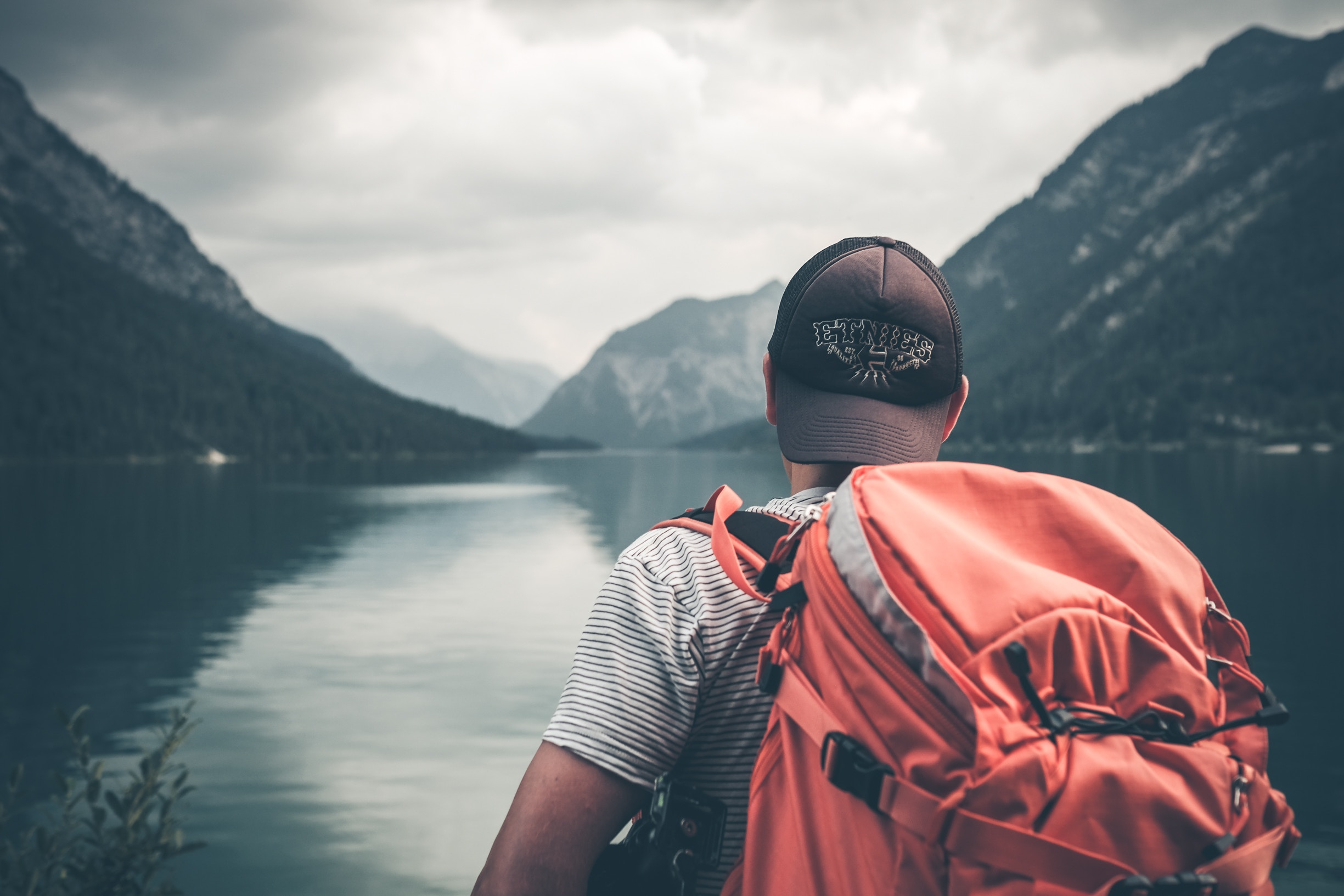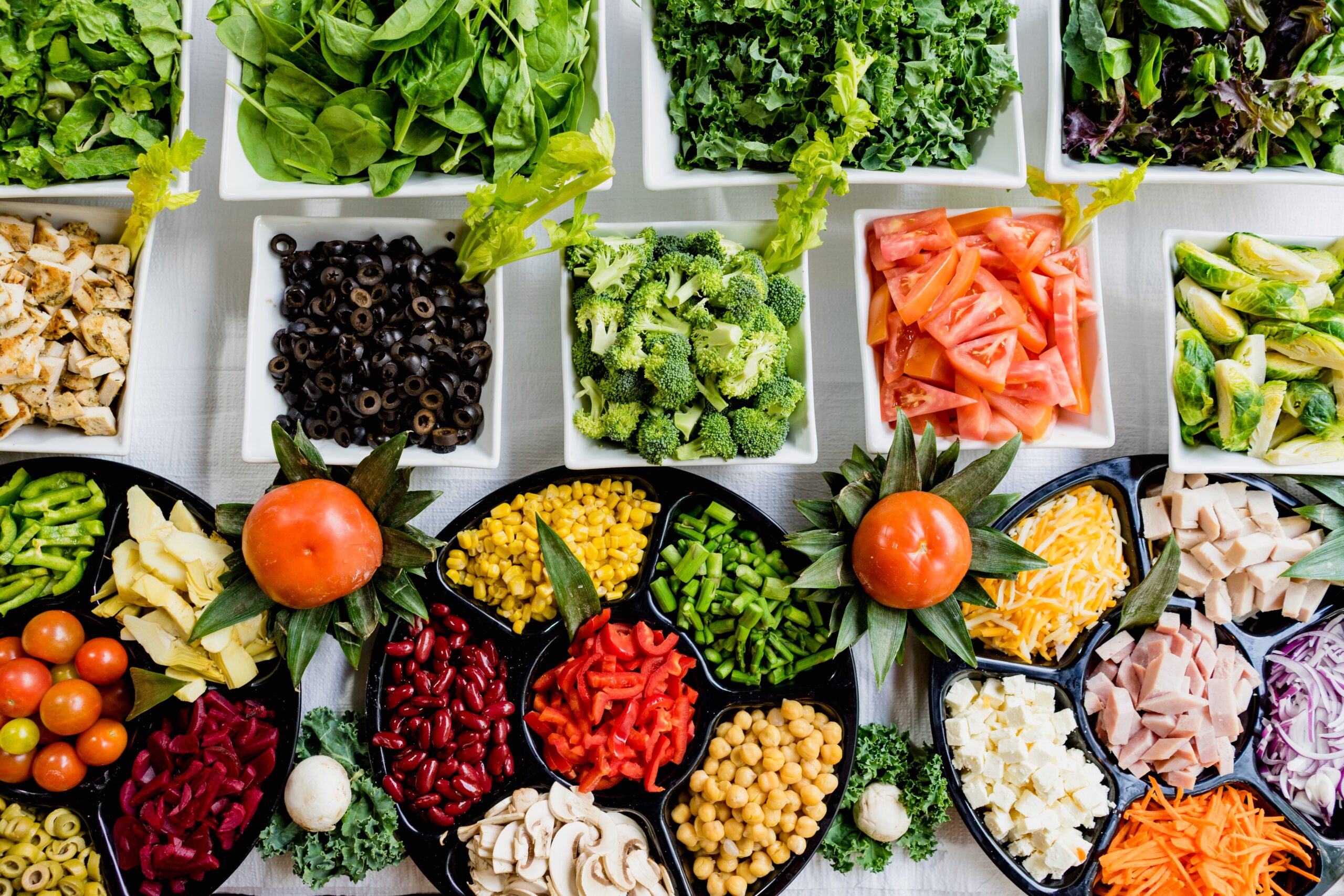Mrs Nomad Numbers and I are both avid explorers who decided to embrace our passion for travel by making the world our home. By deciding to become nomads, we had to figure out what to do with our apartment in San Francisco and all the “stuff” we had accumulated over the years that were slowly (but surely) cluttering our place! This articles discusses the options we considered, the one we picked. We also discuss what was the transition like and how this lifestyle change affected our lives. So let’s dig into the art of decluttering and how becoming aspiring minimalists changed us for the better!

1 – What options did we consider?
I’ve been living in the same building in San Francisco since 2008 and I’ve been sharing this place with my wife since 2016! Thanks to San Francisco’s rent control laws, we were paying about $2,200K a month (or $26.4K / year). While it can seem expensive for people living outside of San Francisco, this is actually a good deal as similar units at market value are renting close to $3,000 a month in 2018 (or $36K / year).
We identified the following options to choose from:
- Keeping paying for our apartment – Not really an option.
- Subletting our apartment – We could not pull the trigger on this one due to our lease that was not allowing us to sublet.
- Storing our stuff away – Depending on how much stuff we really wanted to keep, we would need a budget of between $100 to $300 per month (source) to keep our stuff in storage (or $1,200 to $3,600 / year).
- Selling, Recycling or Donating as much stuff as we could – This is definitely the least expensive option as it could actually generate some cash from the sale of our stuff. It is money that we could later apply to repurchase what we would need for the next place we would like to settle into.
- Do nothing and stay in our apartment – Just putting this option out there to have a baseline from what our cost of renting in San Francisco would be like if we would have stayed in this city.
2 – Which option did we choose and why?
We picked Option 4 because it was the most cost efficient and also the one where we could free our mind of stuff that would be cluttering our lives.
Let’s start to declutter!
The next challenge was how to actually get rid of most of our possessions. Well, this all started back in 2015, when a coworker introduced me to The Life-Changing Magic of Tidying Up: The Japanese Art of Decluttering and Organizing. When my girlfriend (now wife) and I moved in together (back in late 2016), I was forced to make space for her, so I decided to mindfully declutter my closet by taking the approach that the author, Marie Kondo, explains in her book.
Here is my quick summary of the process:
- Step 1 – Find a room that has a lot of space. Start by bringing over everything that belongs to a given category of items (you can start with clothes for instance).
- Step 2 – Divide everything into 3 piles:
- The “True essentials” pile – the things you can’t live without
- The “Non essentials” pile – anything that adds value but you can get by without
- The “Junk” pile – anything you are ready to get rid of.
- Step 3 – Get rid of everything in the “Junk” pile (by selling, donating or recycling)
- Step 4 – Put everything back into one pile and repeat Step 2 until everything is obviously in the “True essentials” pile.
Pro tips:
- I took all photos / physical documents (statements, diplomas, property deeds, tax returns, W2, credit cards…), digitized them and uploaded them to the cloud. Of course try to avoid digital clutter by not keeping everything. Only keep what matters to you and be okay to let go of the rest.
- It might be hard to let go of most of your possessions the first time. So feel free to store your “Non essentials” pile in a box and keep it for around 6 months. After 6 months, revisit the content and see if you truly miss these items. You might be surprised with how little stuff you want to keep.
Enters the advance class: Minimalism!
“There are two ways to be rich: One is by acquiring much, and the other is by desiring little.”
– Jackie French Koller
So, what is minimalism? Well, according to the Minimalists website, minimalism is “a tool that can assist you in finding freedom. Freedom from fear. Freedom from worry. Freedom from overwhelm. Freedom from guilt. Freedom from the trappings of the consumer culture we’ve built our lives around. Real freedom”.
I pulled some interesting stats to put (American) consumerism in perspective:
- There are 300,000 items in the average American home (source)
- America spends 1.2 trillion dollars on average, annually, on purchasing nonessential goods (source)
- Homes in America have more television sets than people. And those television sets are turned on for more than a third of the day, with an average of 8 hours and 14 minutes (source).
Crazy statistics isn’t it?
For us, minimalism became the advanced class of decluttering.
For a lot of people, decluttering is a one time process, quick fix that people do “to feel good” (similar to a pretty aggressive diet to lose weight). And without long term maintenance, you will get back to where you were without realizing it.
On the other hand, minimalism is a lifestyle that people can adapt when they start seeing a shift in perspective decluttering has on their lives. Minimalism is more than decluttering. It is about removing all excess in our lives and valuing a slower and quieter life over running all the time and never being in the present moment.
4 – How has this affected our lives?
Well, this has been one of the best decisions we’ve made since embarking on our nomadic journey.
The transition was hard at first, but once we got the gist of it, things became easier and easier. By the time we gave notice to our apartment and had to pretty much get rid of 80-90% of our possessions, things were much easier. After our first round of decluttering, we noticed how calmer our home felt without clutter and mess all over the place, how much easier it was to pick up what to wear and how much more confident you became in letting go of anything non essential to your life. Packing all our possessions, for instance, has never been easier and takes about 30 minutes. We don’t have to stress anymore about what to pack and what not to pack.
We also felt quite good about being able to give a new home to the items we gave away. Knowing that someone else can make a good use of our possessions felt good. We also became really good at not accumulating stuff and to say NO to free stuff.
And most importantly, by only keeping items that are essential to us, we don’t feel deprived. We actually love the freedom we’ve gained through this process. But folks, if somehow we start missing some of the items we left behind us, we will make sure to report it here with you 🙂
5 – What’s the takeaway?
Minimalism is not a formula and there is not a right or a wrong way to do it. It has been a wake up call for us to challenge the cultural message that what we own represents who we are. By focusing on owning less, we freed up our lives and were able to redirect both energy & resources to something much more important: building meaningful connections/experiences with the people we care the most about.
The Minimalists themselves have a great quote that sum all of this up perfectly: “Love people, use things. The opposite doesn’t work.”
That is it folks! So what about you? Have you been accumulating a lot of stuff over the years and are you having a hard time letting go? Do you feel that your life would improve if you would own less? What do you think about minimalism? Have you considered it as a first step to decluttering your life? If you’ve done it, what has your experience been? Feel free to share your experience and ask questions by leaving a comment below.
Note: While our choice was not ultimately based on cost, here is what the numbers would looks like for each of the options I’ve discussed earlier.
- Option A: If we want to keep our apartment while traveling, we would have to pay for two rents. We estimated that on average we would spend $1,200 a month (or $14.4K a year). In this case our yearly budget would be $40.8K ($26.4+$14.4) and this would guarantee that we could keep our apartment. (We thought about subletting our place, but unfortunately my landlord was not allowing it).
- Option B: This option was not applicable to us due to our lease. That being said, if we could have find a tenant that was looking for a furnished unit, we could have probably keep our apartment for free.
- Option C: If we would instead store our stuff while traveling, we would spend $14.4K on rent + between 1.2K & 3.6K in storage, for a yearly budget of $15.6K to $18K)
- Option D: If we got rid of most of our possessions then our budget would drop to $14.4K
- Option E: If we don’t do anything, our cost of living in our current apartment would remain at $26.4K a year
| Option A | Option B | Option C | Option D | Option E (baseline) |
| $40,800 | n/a | $15,600 ⇐ $ ⇐ $18,000 | $14,400 | $26,400 |
Takeaways:
Option D is the obvious one. But emotionally speaking this is also the hardest for two main reasons:
- If we decided to come back to San Francisco, we won’t likely be able to find the same lovely place and it would be at a hefty premium as we would expect rent for a similar place to be around $3K per month (which would increase our rent budget by about a third from $26.4K to $36K)
- Letting go of stuff is hard!
It is also interesting to notice that that the longer we would travel, the less appealing Option A (and C) would become as we would be seriously throwing money out of our apartment’s window (or our storage container). Pun intended 🙂



7 Comments
Tejal · January 16, 2019 at 9:39 pm
hi there!
I am so inspired by this blog and reading from your experiences. Especially the cost of living guides is an awesome resource.
I already ordered some of the books you recommended!
Just a quick note, in “Which option did we choose and why?” i think you meant option 4 and not option D.
Look forward to more blogs!
Nomad Numbers · January 17, 2019 at 12:04 am
Hi Tejal. Thanks for stopping by our blog and saying Hi! I’m glad you like the content we are putting here and are being inspired about it. Comments like these are the one that kept us going! I’m currently working on our next cost of living guide that will be dedicated to Mexico City and that we should release by Friday. If you haven’t done it yet, you can subscribe to our newsletter so you can get these guides as soon as we release them straight to your inbox!
And thanks for the remark. I did fix the article to clarify that we have indeed chosen Option 4: Selling, Recycling or Donating our items. (Instead of D).
Becoming Nomadic Through Real Estate investment – Nomad Numbers · October 21, 2019 at 3:57 am
[…] Why less is more: our love for minimalism […]
Men’s carry on packing list for nomadic long-term travels – Mr. NN Edition – Nomad Numbers · October 27, 2019 at 3:10 pm
[…] aspiring minimalists, we made the conscientious decision to live with less as it turns out that less is more. So when it […]
Our origin story: how we decided to become nomads – Nomad Numbers · October 28, 2019 at 7:01 am
[…] Why less is more: our love for minimalism […]
Women’s carry on packing list for long-term travel – Mrs. NN Edition – Nomad Numbers · October 28, 2019 at 10:05 am
[…] mentioned this already for Mr. NN’s Men’s packing list but it’s worth reiterating. As aspiring minimalists, we made the conscientious decision to live with less as it turns out that less is more. So when it […]
Book review: Essentialism: The Disciplined Pursuit of Less from Greg McKeown - Nomad Numbers · November 2, 2020 at 8:45 am
[…] Why Less is More #minimalism […]